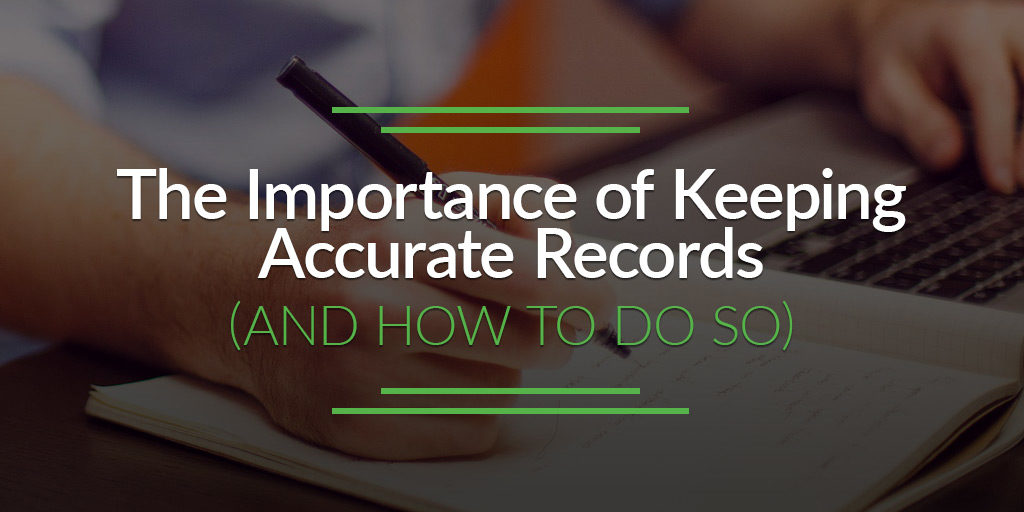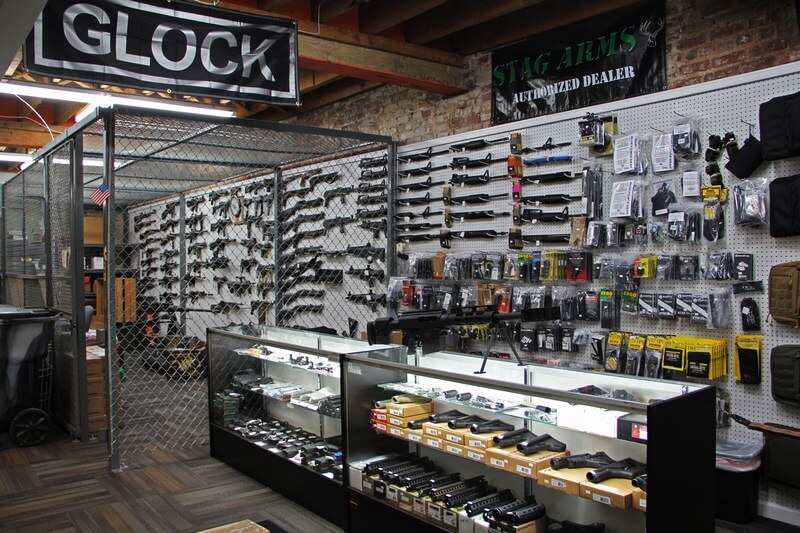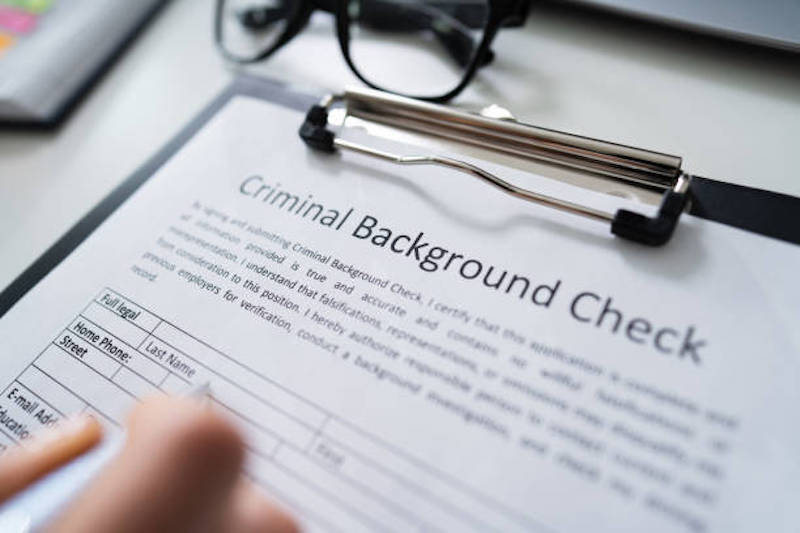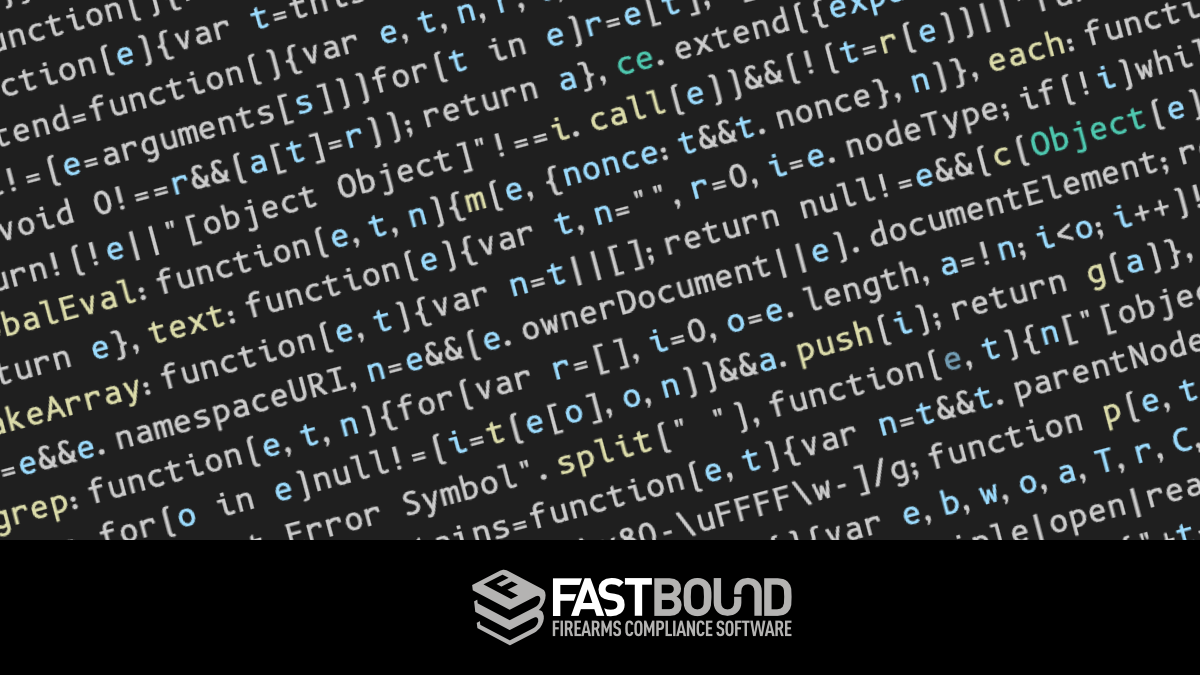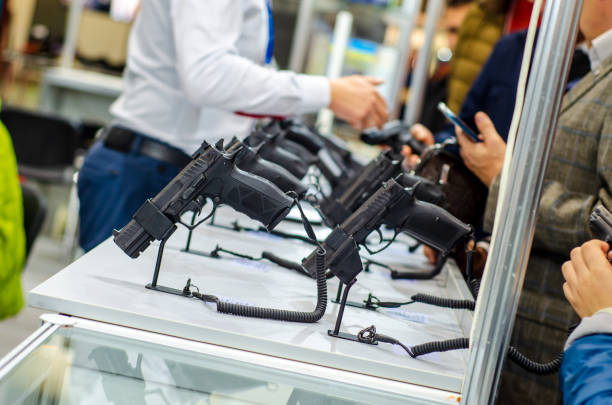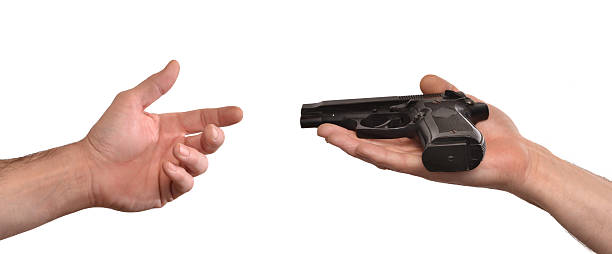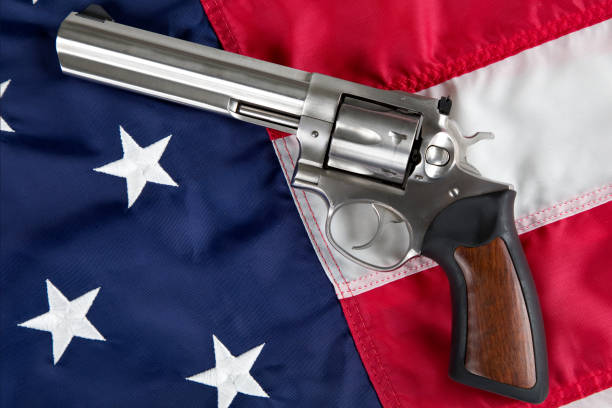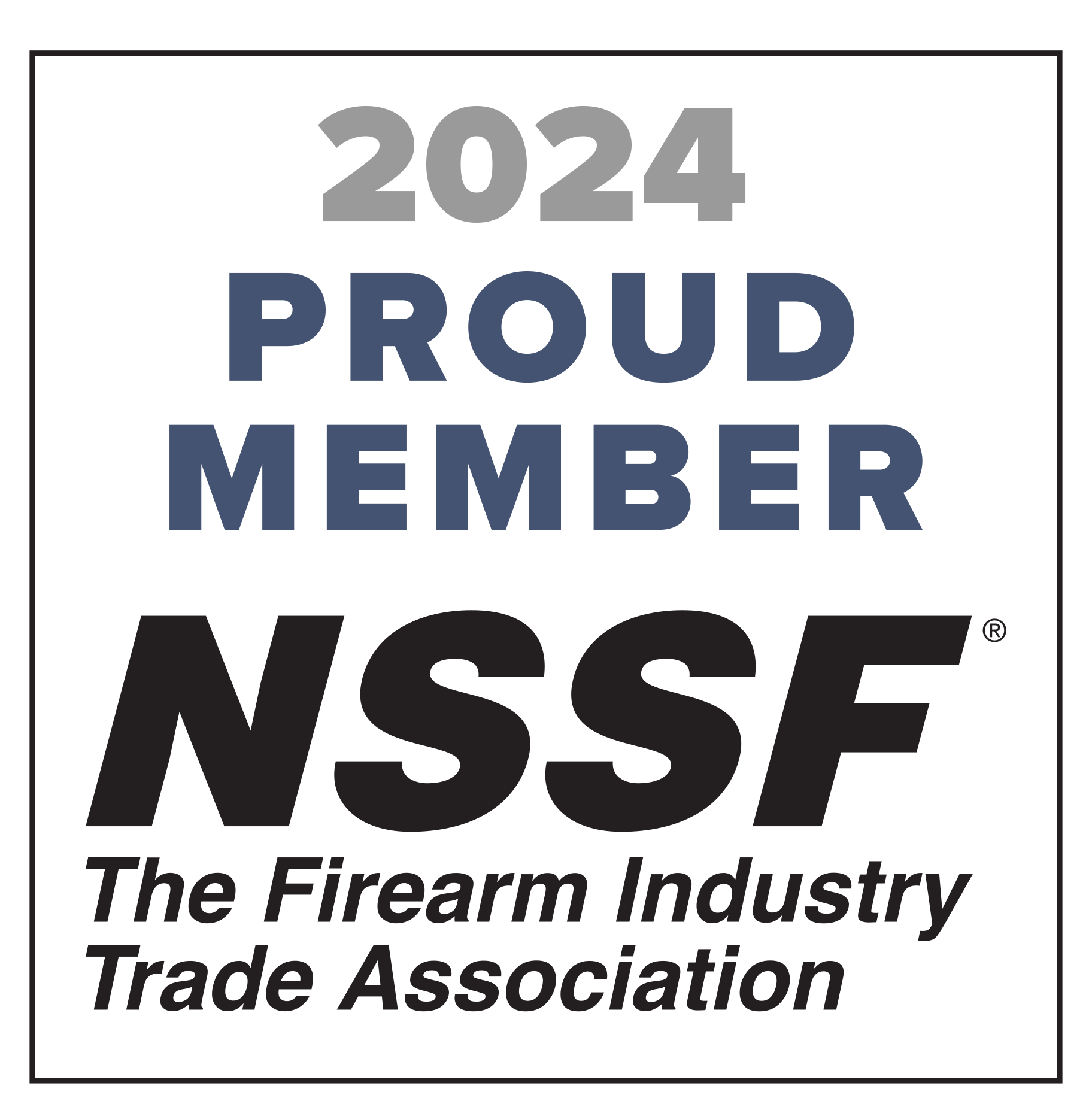Keeping accurate records will help to speed up the eventual inspection process. Learn what you need to do in this post.
As a Federal Firearms Licensee you probably have a lot on your mind. Not only do you have to make sure everything gets taken care of for your business to run on a day-to-day basis, but you also have to plan for the future to ensure you stay in business for the long run.
Unfortunately, things like keeping proper records tend to slip through the cracks. It gets put off until later and sometimes later never comes. If you want to avoid putting your business at risk, then keeping accurate Acquisition and Disposition records is something you need to get right.
No one wants to receive a warning letter, have an audit take longer than it needs too, or have their license revoked. Keeping bound books that are 100% accurate will keep you in compliance with the law and help you pass your inspections.
Below we dive into the importance of keeping accurate records, and the common elements you’ll need to cover.
It’s Much More Complex Than Just a Transaction
The ATF is very clear on what information your bound books must contain and how long you have to record that information before you are in violation.
Your bound books must be consistently maintained to ensure that all of the information in them is accurate and entered in a timely manner. You should review the entries in your bound books and make changes to any mistakes on a regular basis. If you want to minimize the amount of time required to do this, then consider giving FastBound a try today.
It can be helpful to ask yourself the following question on a daily basis: If the ATF showed up today for an inspection, is the information in my bound book current and accurate?
If the answer is no, then you have some work to do.
The Four Main Disposition Types
When a gun changes hands—or has been lost or stolen—your work has just begun. It’s vital to accurately enter the disposition information into your bound books, but the steps you must complete can vary widely depending on the type of transaction.
When a gun changes hands, or has been lost or stolen, your work has just begun.
Below we illuminate the four main types of disposition records you’ll need to maintain and what each one entails.
1. Sale of a Gun to a Non-Licensee
When you sell a gun to a non-licensee, the transaction information must be recorded in your bound book.
You are also required by law to complete a background check (rules on this vary by state so check with your local ATF branch and law enforcement agencies) and to complete an ATF form 4473.
This form must be filled out and signed by the customer and have all of the information on the firearm(s) they are purchasing in this single transaction.
You have 7 days from when the firearm(s) leaves your store to enter the disposition information into your records. The information you’ll need to include in your records for the sale of a gun to a Non-Licensee are as follows:
- The date of the disposition
- The name and address of the firearm purchaser
- The TTSN if one was used
2. Licensee to Licensee
When one licensee transfers to another licensee, the transaction information must be recorded in your bound book. When you engage in these types of transactions, the ATF requires you to exchange valid and signed copies of your FFLs and keep them on file.
When transferring firearms to another licensee it is a good idea to verify that the licensee’s FFL is current and valid using the ATF’s FFLeZCheck system before the transaction is completed.
You have 7 days to enter the accurate disposition information into your records. The information you need to input is highlighted below:
- The date of the disposition
And either:
- The name and FFL number of the licensee
or:
- The name and address of the licensee
3. Theft or Loss
Sometimes unfortunate incidents do occur and some of your inventory might get lost or stolen. When such an event occurs, you’ll need to fill out an ATF form 3310.11 (Federal Firearms Licensee Firearms Inventory Theft/Loss Report) and submit it to the ATF. They will respond to you with an Incident Number, and you will need to enter this number into your bound book when disposing of the firearm.
When you receive the incident number from the ATF you must log the information into the dispose fields in your bound book. You will need to enter the following information:
- The date the firearm was reported as lost/stolen
- The name field should read Lost/Stolen
- The address field should list the ATF Issued Incident Number
4. Gunsmithing
The fourth most common type of disposition a licensee will face is returning a firearm to a customer that brought it in to have work done on it.
There are two common scenarios that occur with these types of transactions. The first is when a customer brings the firearm to be worked on and waits for it to be repaired or modified. In this type of transaction there is no need to enter or log anything into or out of your bound book.
The second type is when a customer leaves a firearm to be repaired and will return at a later date/time to pick it up. This type of transaction requires you to log the firearm into your bound book and to log it out when the customer picks it up. There is no need to complete a 4473 when this occurs.
When the second type of transaction occurs the disposition information you include in your records is as follows:
- The date of the disposition
- The name and address of the customer
Keeping accurate Acquisition and Disposition records is something you signed up for. By following the steps above you’ll be able to keep your records in check, and be able to speed up the inspection process when it occurs.
If you’re currently overwhelmed by the record keeping process, then we recommend utilizing our ATF 2016-3 compliant software to simplify the process for you. Learn more about our software here.
